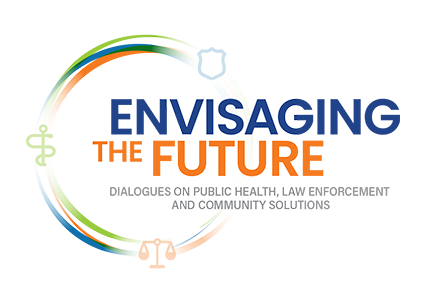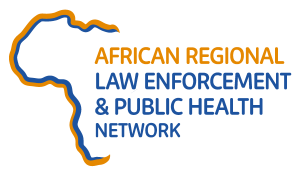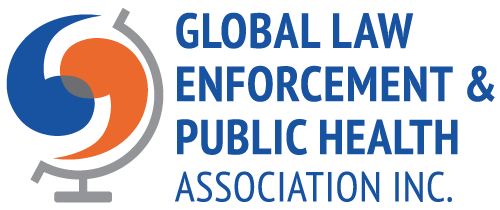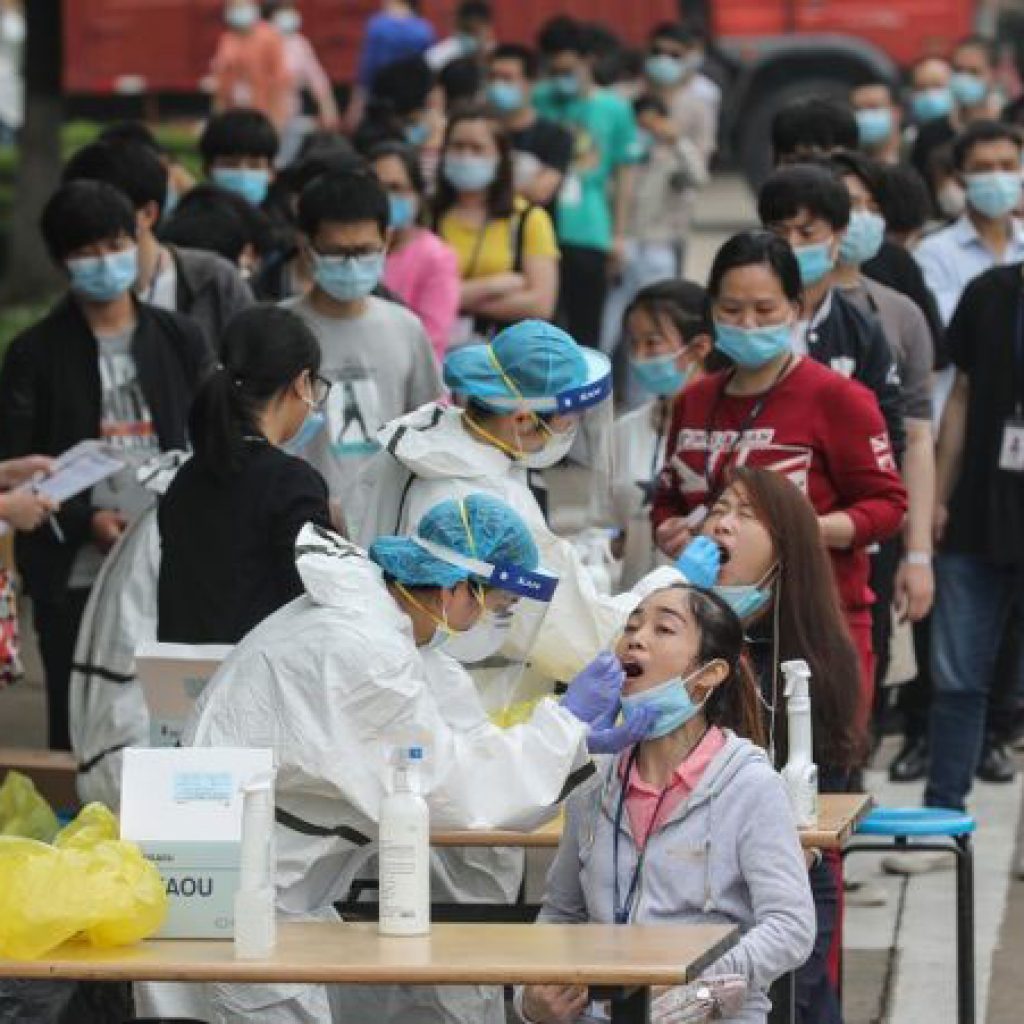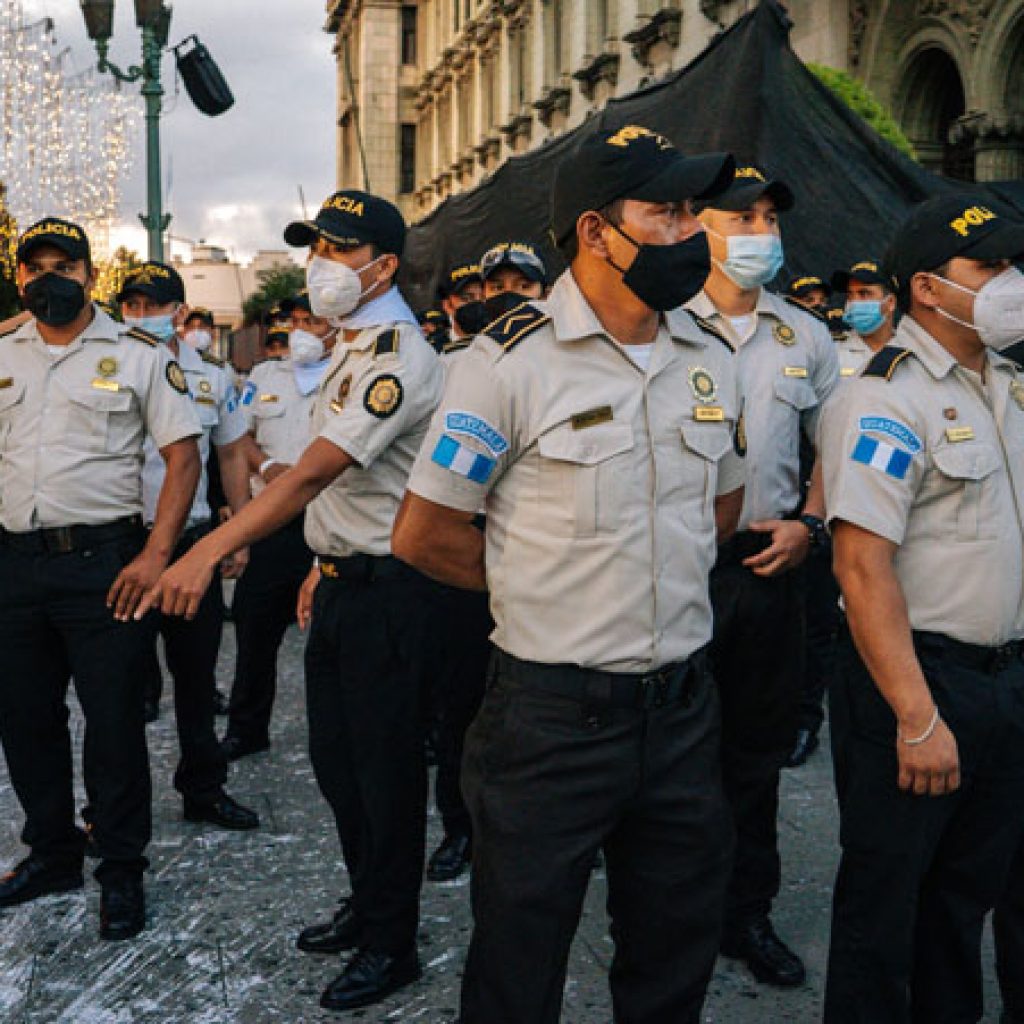Lessons and innovations in law enforcement and public health
The COVID-19 pandemic raised issues of control of individual behaviours, restriction of freedom of movement and regulation of social interaction, underlining how public health and law enforcement are moving closer together. For too long, these two areas of critical public policy have operated in silos, and the forthcoming GLEPHA 2022 Marketplace of Ideas has been organized to champion their convergence.
The COVID-19 pandemic demanded scrutiny of the many factors that influence individual and population health, and how such factors build or undermine social cohesion.
Like many health challenges, the greatest pandemic impacts were seen in populations living in low-resource settings, and among those who are less educated, women, crowded urban populations, racial and ethnic minorities, and migrants. Access to vaccines, health services, levels of health literacy and ability to self-isolate all follow the same patterns – and as a result, so do general health outcomes. As a disease outbreak, and a short-term spotlight, COVID-19 laid bare the magnitude of injustice and inequality that exists – between different parts of the world, and also within individual countries.
Common determinants
Since their inception, organizations such as the World Health Organization have defined health more broadly than merely the absence of disease or illness: as the state of complete physical, mental and social well-being. This is echoed in Sustainable Development Goal (SDG) 3, which aims at “ensuring healthy lives and well-being for all at all ages.
Determinants of health are typically viewed as being primarily social: income, employment and job insecurity; education; food insecurity; housing and basic amenities; early childhood development; social inclusion and non-discrimination, and so on. Over the past 15 years, work has been extended to identify and research an expanded view that also includes biological, commercial, structural/policy and environmental determinants of health, such as the changing climate. Achieving the highest possible levels of individual and societal health and well-being clearly requires action and investment in many social and economic sectors in addition to the health sector.
“Law enforcement and public health
often occupy the same operating spaces”
Public health and law enforcement often occupy the same operating spaces, addressing common challenges such as violence, drug use and overdose, road safety, and mental illness, all of which have many common underlying social determinants.
Crime affects physical and mental health in many ways, including through violence or experiencing other forms of crime. Fear of crime can have psychological effects and can also reduce health-promoting behaviours such as physical activity and social contact.
Law enforcement and policing can have direct impacts on individual and social well-being, as evidenced by the current reckoning over police brutality in the United States, excesses of police powers in the pandemic response, and the lived experiences of institutional violence reported in many parts of the world. Inequality, including but not limited to structural discrimination and/or racism, continues to be woven into the fabric of laws, policies and institutions that shape public safety, health, and well-being.
Laws that categorize and marginalize people, institutional dysfunctions and/or weak public health systems that fail to provide adequate mental health services and support, for example, often have harmful effects and bring people into contact with the criminal justice system needlessly.
Complementary parts of the same solution
Prevailing over broad-based inequality and injustice clearly calls for sustained attention to establishing and upholding the structural, social and environmental conditions that make personal and community safety, health and well-being possible.
Investment in employment and social protection; education; food security; housing and basic amenities; early childhood development; drugs and harm reduction services; and access to affordable health services of decent quality, coupled with policies that tackle institutional discrimination and racism; prevent violence; deflect and divert clients away from the criminal justice system; and that ensure first responder wellness, are all essential parts of the same solution.
To reach a state of complete physical mental and social well-being, individuals and societies must be able to identify and to realize aspirations, to satisfy needs, and to play an active role to change or cope with their environment.
Until recently, the fusion of law enforcement and public health has been viewed through a lens of how institutions can incrementally collaborate and align more closely. After intense scrutiny and the bright spotlight of the COVID-19 pandemic, the need today is for programmes founded on the full recognition of the common structural drivers of crime and of ill-health, and that those factors also act as the upstream determinants of individual and societal well-being.
The 2022 GLEPHA Marketplace of Ideas is designed to showcase practical and innovative projects at the interface of law enforcement and public health.
Scotland blazing a trail
It is possible to achieve these joint priorities simultaneously and at a national level. Policing in Scotland has been radically reformed over the past decade to ensure strengthened operational competence and provide direct access to all policing capabilities for every citizen. For example, Police Scotland is one of the first services globally to train and equip all operational officers with naloxone, a life-saving overdose first aid nasal-spray, reflecting its broad mission to improve the safety and well-being of communities as enshrined in the law establishing the service. Police Scotland and Public Health Scotland have formalized a new collaboration to address public health and well-being in communities across the country. At the same time, Scotland’s National Health and Well-being Framework demonstrates how intentional well-being policy can be used to strengthen intersectoral action to integrate health and social service sectors. Introduced in 2014, the framework requires health boards, local authorities and integration authorities to state how their work and modes of delivery will contribute to the achievement of nine national health and well-being outcomes.


